Can there be art after Auschwitz? German artists contended with this difficult question in various ways.
1945 - 1980

Can there be art after Auschwitz? German artists contended with this difficult question in various ways.
1945 - 1980
We're adding new content all the time!

The Bechers captured industrial forms with stunning austerity and incredible consistency.
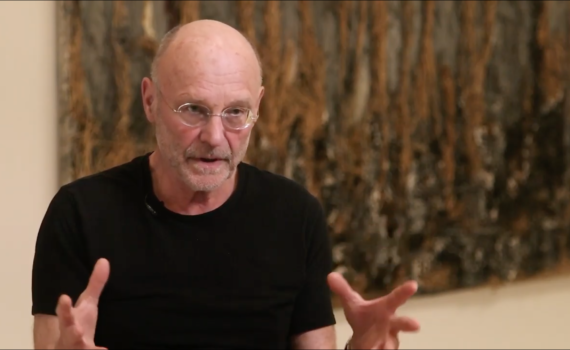
SFMOMA talks with German artist Anselm Kiefer about exploring the past and materials in his work
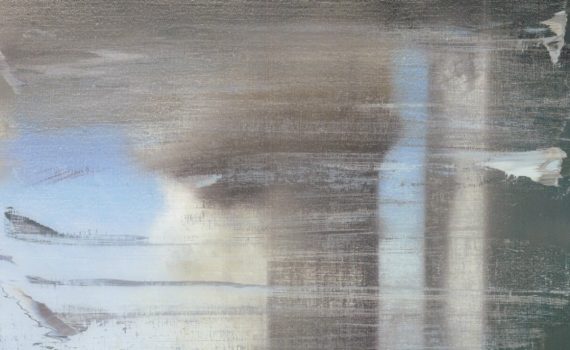
Richter revives the genre of history painting in the 21st century in this work showing the events of 9/11.

John Cage and Richter never met, but there was a kinship between these two artists with diverse practices.
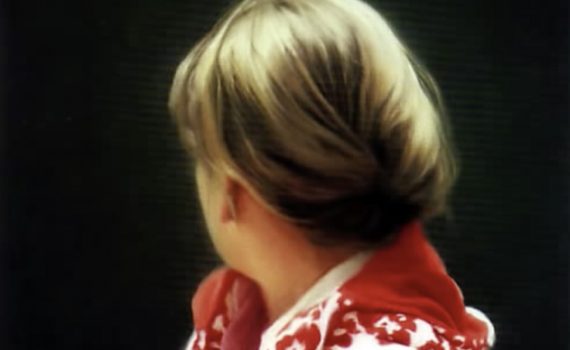
Hyperreal paintings like “Betty” are just one part of Richter’s practice, which resists stylistic classification.

We’re sick with the illness of the 20th century, and only a clay-powered wooden battery thing can help.
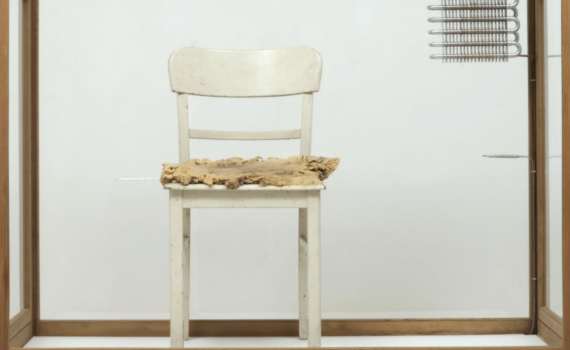
Beuys understood his art as a way to heal post-WWII Germany, but that may not be readily apparent from this work.
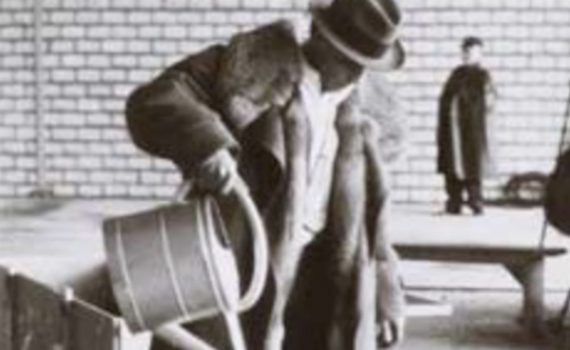
Beuys believed that every human being had the potential to be both creative and Christlike.
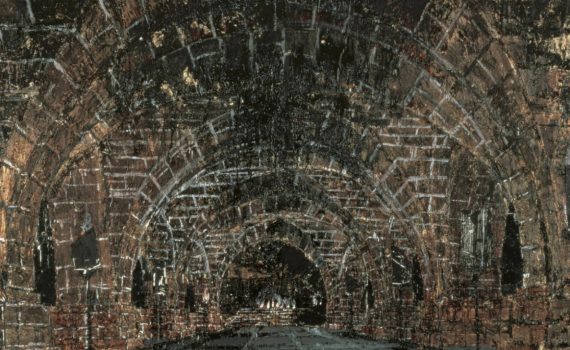
In this canvas, Kiefer transformed architecture meant to honor Nazi heros into a memorial for their victims.
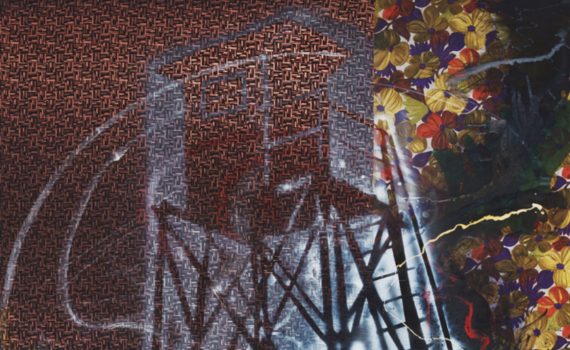
Cheap fabric with a garish print becomes an eerie specter of surveillance thanks to some creative chemistry.
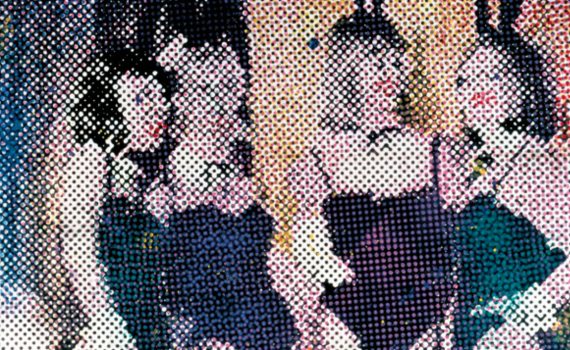
Hugh Hefner turned women into objects, and Sigmar Polke turned those objects into dots.
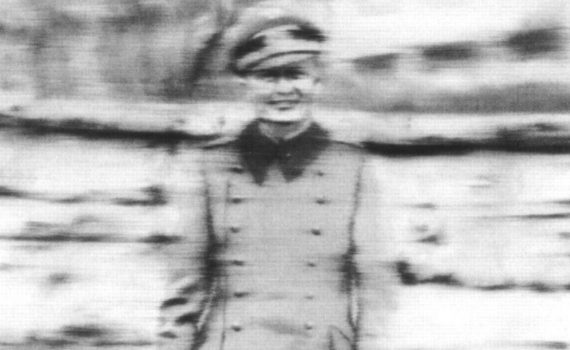
Richter toys with both visual and ethical clarity in this evocative, ambiguous painting of an uncle lost to WWII.

Curated Guides are collections of Smarthistory videos and essays curated and organized by leading scholars into strategic pathways for learning and teaching. Check out the 3 types of guides: The Basics, Syllabi, and Thematic Series!
Curated Guides are part of an ongoing effort to make Smarthistory even more useful for educators and learners everywhere. Stay tuned for more updates!